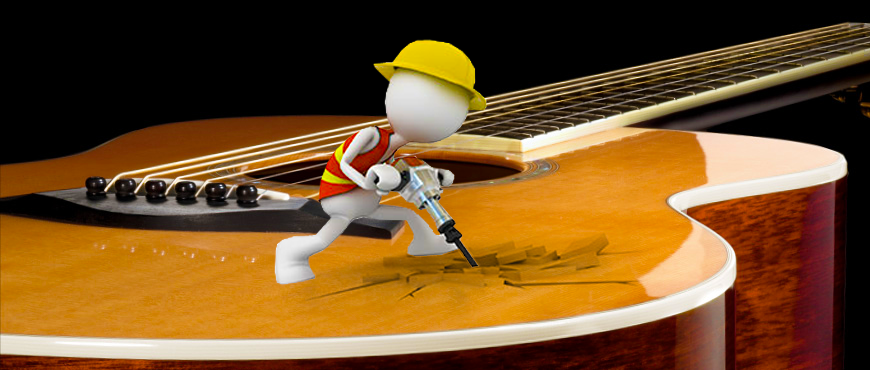If the only scale that we had to compose and improvise with were the chromatic scale then music would quickly become very boring and would sound generally chaotic.
At some point in history it was realized that by selecting only a few notes from the chromatic scale and limiting yourself to those when composing you could create music that sounded harmonious and seemed to belong together.
Depending on which notes were chosen to create a new scale the overall feeling and atmosphere of the compositions would change.
In western music the main scale we use to compose with is the Major Scale.
The Major Scale Formula
The major scale is created using a formula of Whole steps (2 frets) and Half steps (1 fret) when selecting which notes will be used from the chromatic scale. Below is the whole step, half step formula for the major scale:
In the example below we’ve created a C major scale because of the fact that the root note (the first note) is on C. If we were to start the major scale formula on F# we would then create an F# major scale.
Other Scale Formulas
Using the idea of scale formulas makes it very easy to create many different scales by simply adjusting the intervals between the notes.
In the examples below we can see that scale formulas aren’t just limited to major and minor second intervals but may also include minor thirds.
